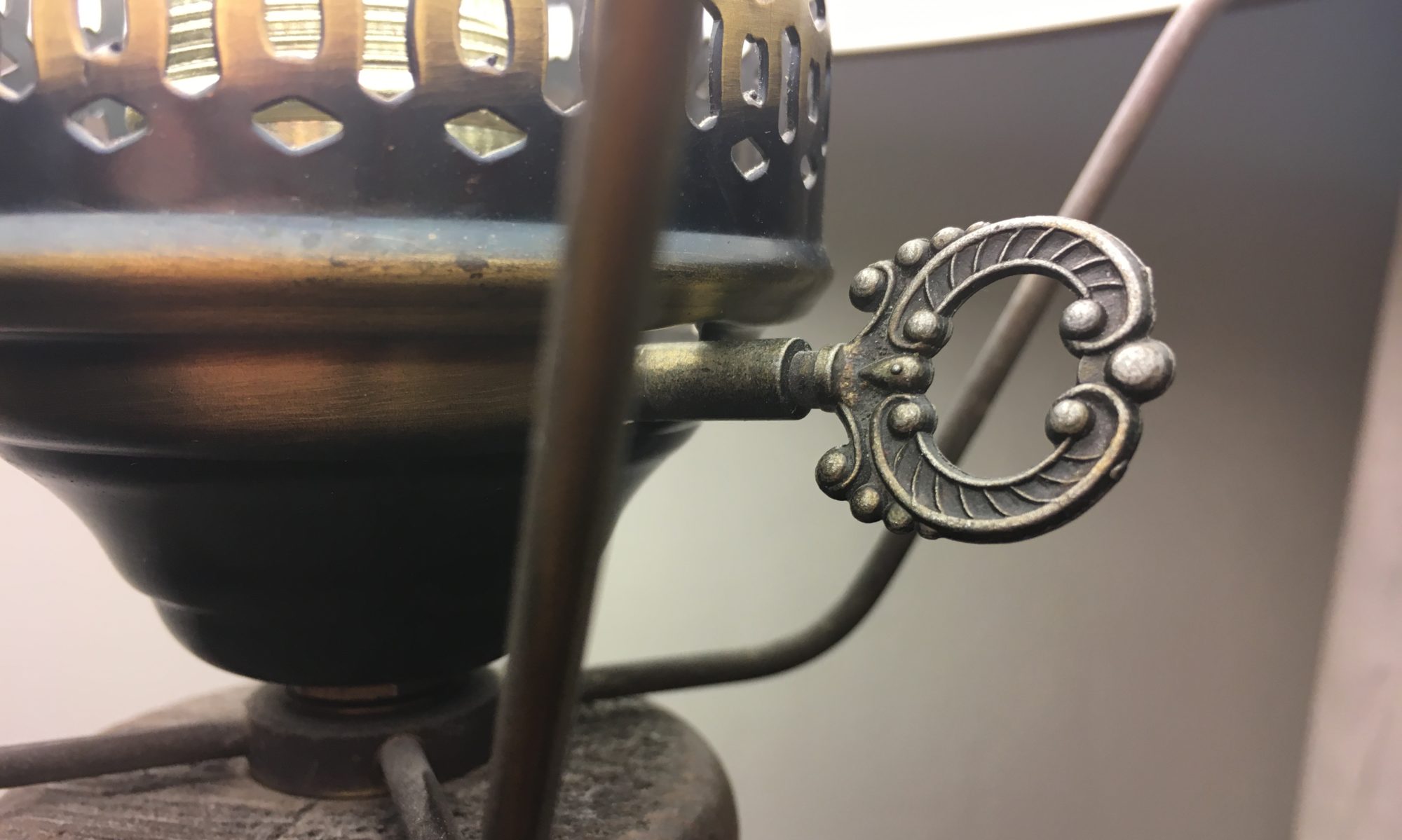Texts
- Charles Perrault, “Cinderilla, Or The Little Glass Slipper” (1697)
- Thomas Hardy, “The Ruined Maid,” (1866)
- Virginia Woolf, From Mrs. Dalloway (1925)
- Anne Sexton, “Cinderella” (1971)
- Robert Pinsky, “Shirt” (1990)
- Billy Collins, “Taking Off Emily Dickinson’s Clothes” (2001)
- David Eagleman, From “Sum” (2009)
- Jill Walker Rettberg, From “Serial Selfies,” Seeing Ourselves Through Technology (2014)
Online Texts
- “Predicting Well-Being Through the Language of Social Media” (2016)
- “What an Introvert Sounds Like” (2014)
- The World Well-Being Project
- “Life’s Stories” (2015)
- “This Is Your Life and How You Tell It” (2007)
Assignment: Pattern Portfolio (200 points)
Learning Outcomes
- Demonstrate understanding of how patterns repeat across many different kinds of texts
- Demonstrate understanding of how those patterns can be broken in interesting ways to make a statement
- Demonstrate the ability to synthesize multiple texts into a meaningful discussion on a single theme
Portfolio contents (please paste all items into one document)
The essay itself is 750 words.
- In this assignment, we will practice identifying highly specific or unusual themes that we trace throughout our commonplace books. Trace the theme by gathering quotes from 5-6 sourcesthat shed light on the theme. At least one quote should represent an interesting break in the pattern.
The Writing Process, illustrated with 7 digital images.
- Document your pattern-finding process, including the methods that were most critical to your deepening insights; for example: compare & contrast; series analysis; pattern breaking; coding values; themes/morals/motifs
A post-writing reflection of 750 words.
- Describe your pattern finding process: what works and what doesn’t work to help you move into extracting themes from multiple texts?
- Which texts that we read for class inspired, informed, or influenced you?
- Which lesson plans, activities, experiments, or discussions have informed your pattern finding process?
- What did you learn through this process? How has your pattern finding process shifted?
Assessment Criteria
- Pattern of Evidence: You demonstrate skill in identifying and communicating an interesting pattern that repeats through texts you have highlighted in your commonplace journal
- Statement of Significance: You contextualize your multiple quotes to create a meaningful statement about your theme in your commonplace journal that most likely hinges on the break in the pattern
- Process: You demonstrate understanding of the pattern finding method as 1) a process that includes correlating various values, series, and sequences; and 2) a complex narrative analysis that includes writing and rewriting a larger story / theme / moral
- Engagement: You demonstrate critical engagement with course materials and lessons, as evidenced by your detail-oriented and evidence-based reflection on the pattern finding method
